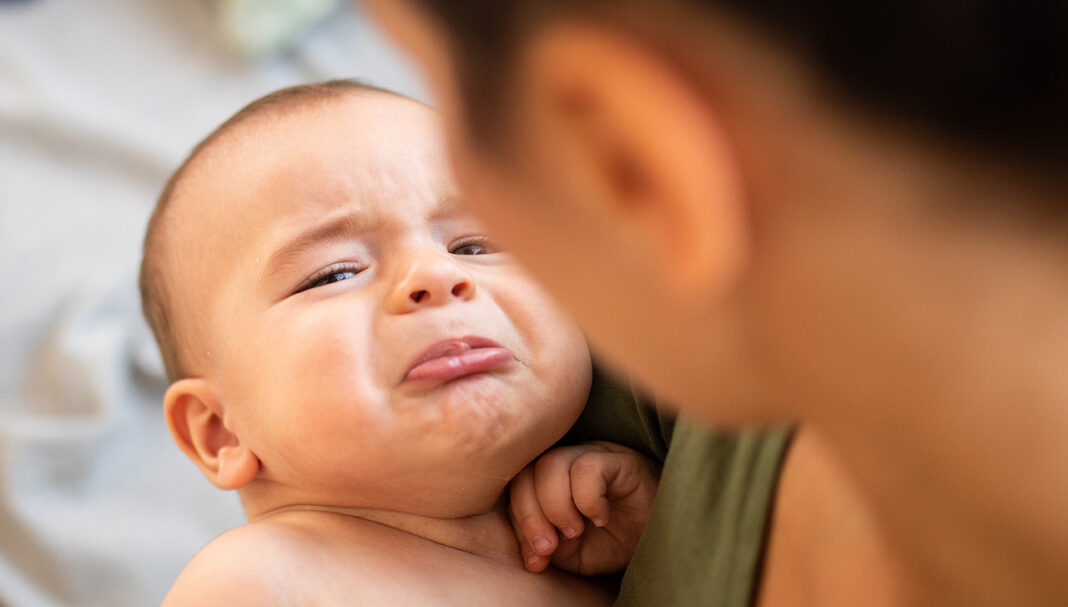Case scenario 1
A new mother comes into the pharmacy with a 4-month-old who she believes has started teething. This is the first time she has considered giving her child medicine.
Case scenario 2
A mother comes into the pharmacy with her 18-month-old after having the child immunised by a GP. She is aware of possible adverse effects and has come pre-emptively to stock up on children’s medicine.
Introduction
Pain and fever in young children can be highly distressing for parents, particularly for new parents.1,2 Parents receive a lot of conflicting information about appropriate management of pain and fever, and are often unclear on when and what treatment should be administered.3–5 In particular, the fear that fever could be harmful to their child can lead to parents treating high temperatures with an antipyretic, even when treatment may not be necessary.5 Inappropriate dosing of medicine in young children is a key issue that needs to be addressed imminently, since most paediatric doses are individually based on the child’s weight and age.6
Pharmacists are in an ideal position to provide education to parents about the appropriate use of children’s medicines. This article will focus on the appropriate management of two common conditions that occur during childhood: fever, both in general and due to immunisations, and teething pain.
Learning objectivesAfter successful completion of this CPD activity, pharmacists should be able to:
|
THIS IS A CPD ARTICLE. YOU NEED TO BE A PSA MEMBER AND LOGGED IN TO READ MORE.



 John Jones MPS, pharmacist immuniser and owner of My Community Pharmacy Shortland in Newcastle, NSW[/caption]
John Jones MPS, pharmacist immuniser and owner of My Community Pharmacy Shortland in Newcastle, NSW[/caption]


 Debbie Rigby FPS explaining how to correctly use different inhaler devices[/caption]
Debbie Rigby FPS explaining how to correctly use different inhaler devices[/caption]




 Professor Sepehr Shakib[/caption]
Professor Sepehr Shakib[/caption]

 Lee McLennan MPS[/caption]
Lee McLennan MPS[/caption]
 Dr Natalie Soulsby FPS, Adv Prac Pharm[/caption]
Dr Natalie Soulsby FPS, Adv Prac Pharm[/caption]
 Joanne Gross MPS[/caption]
Joanne Gross MPS[/caption]








